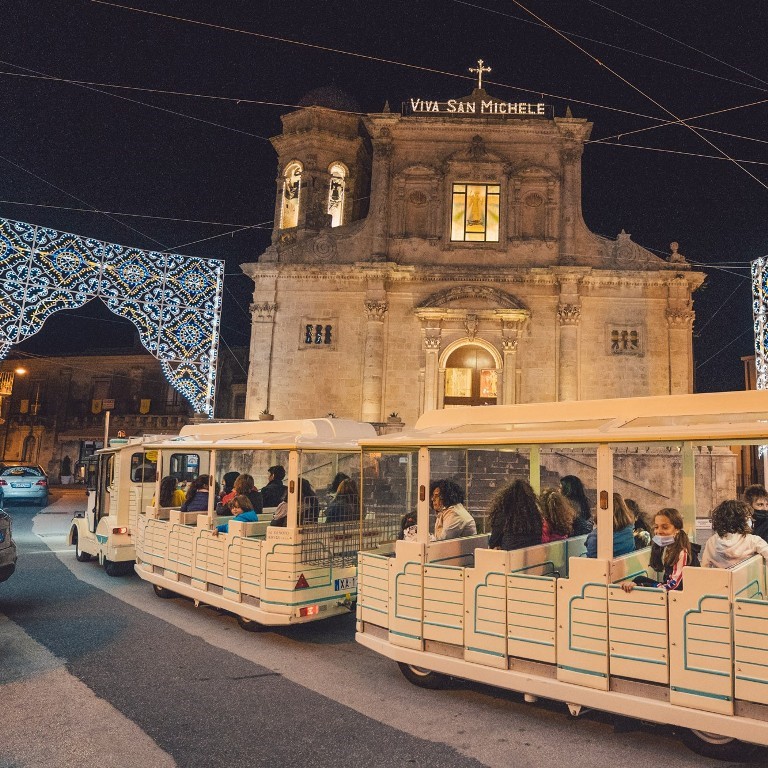Baroque train in Palazzolo Acreide
The HISTORY of Palazzolo Acreide
The current city of Palazzolo Acreide, located in the Syracusan area, is one of the oldest urban settlements in the Val di Noto in Sicily, as well as being among those that can boast one of the most glorious stories of the island. Where Palazzolo stands today, once there was Akrai, one of the most important Greek colonies in Sicily, whose remains can still be admired today in various parts of the city.
The strategic position of Akrai, which stands on a hill about 700 meters above sea level, allowed it to develop without particular hitches, to the point of soon becoming one of the most important Greek colonies in Sicily.
The terrible earthquake of 1693 was certainly the event that changed the history of Sicily by breaking the continuity of socio-economic and cultural life. The damage was very serious, the churches fell, ancient monuments and works of art, archives, books, documents disappeared forever, and much of the culture and history of Palazzolo disappeared.
The 1700s was the century of reconstruction: public buildings, palisade houses, small and large churches and sacramental ones were rebuilt even larger and embellished than before, which were mixed with other important more modern monuments, such as the Basilica of San Paolo and the Basilica of San Sebastiano, whose Sicilian Baroque style has allowed Palazzolo Acreide to be included in the prestigious UNESCO list that certifies the World Heritage sites.
Important religious festivals have been handed down over the years: first of all, the feast of San Sebastiano which is celebrated on 10 August with the “sciuta” (exit) of the saint, to the sound of the band and with the launch of thousands of long strips of colored paper. , called “nsareddi”. The devotees follow the procession accompanied finally by a beautiful show of music and fireworks.
Another important religious event is the feast of the patron saint St. Paul which takes place in the homonymous district on June 28, when there is “a sciuta ra cammira” that is the unveiling of the venerable statue of the saint, which is greeted by the moved greeting of the devotees. , and which ends with a splendid fireworks display.
Furthermore, Palazzolo Acreide is a destination for numerous tourists for catering, which has achieved important goals and recognitions. The town is today a shining example of Sicilian cuisine in the area, relying on numerous chefs who have collected the culinary traditions of the past making them current.
Palazzolo Acreide, which arrived on the podium among the most beautiful villages in Italy in 2019, is an extraordinary place full of history that brings to life all the charm of an ancient site well integrated with the most recent architecture. Surrounded by woods, it enjoys a cool climate and has kept the atmosphere and authenticity of a small village intact.
With the tour on our Baroque train we want to communicate and convey the emotions, curiosities and feelings that this small village emanates. Baroque Train does not just show you the beauties of the city, but immerses you in the culture and traditions of this enchanted place, accompanying the voice of the guide with typical Sicilian music.
The places of the Palazzolo Acreide Tour
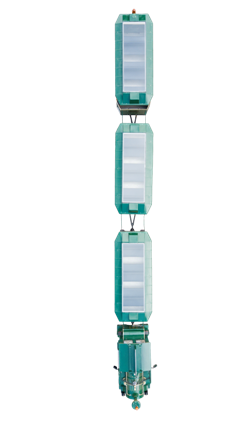
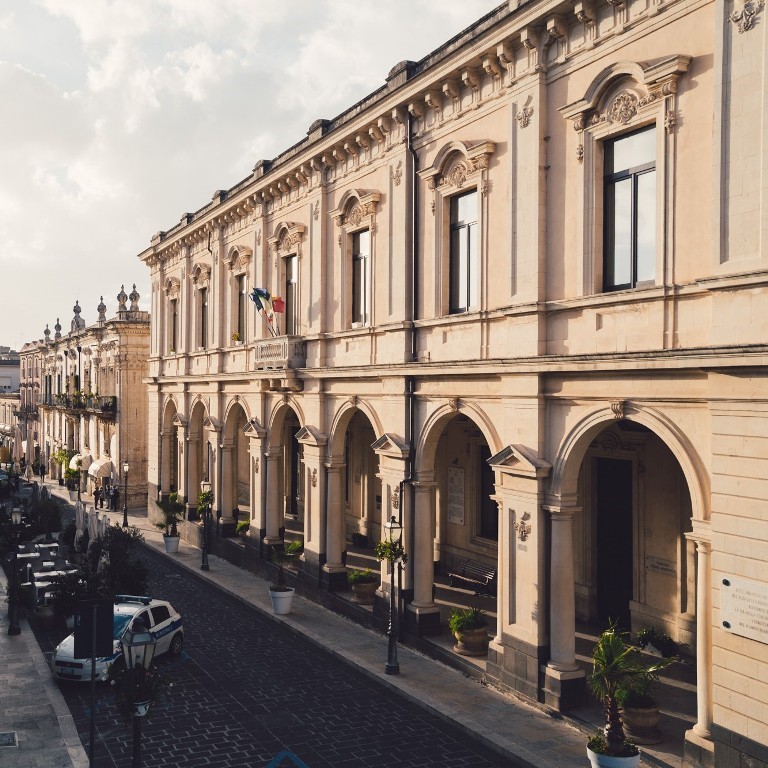
Corso Vittorio Emanuele
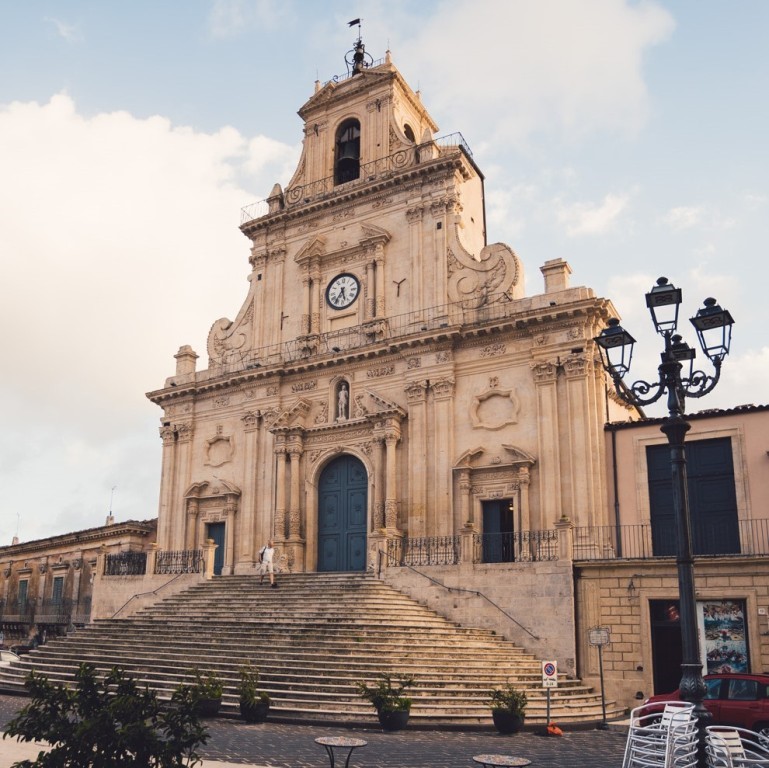
Basilica San Sebastiano
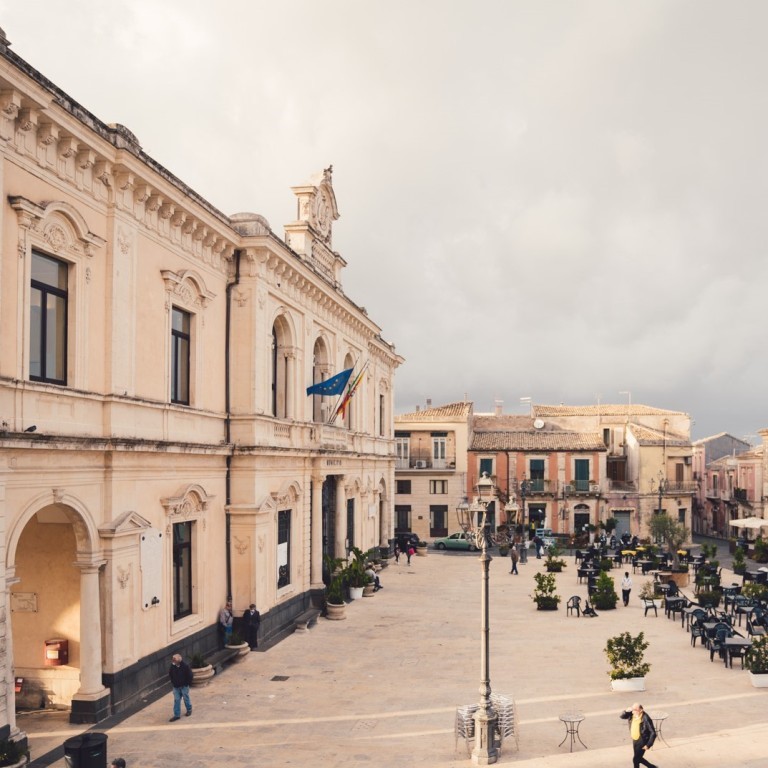
Piazza Pretura
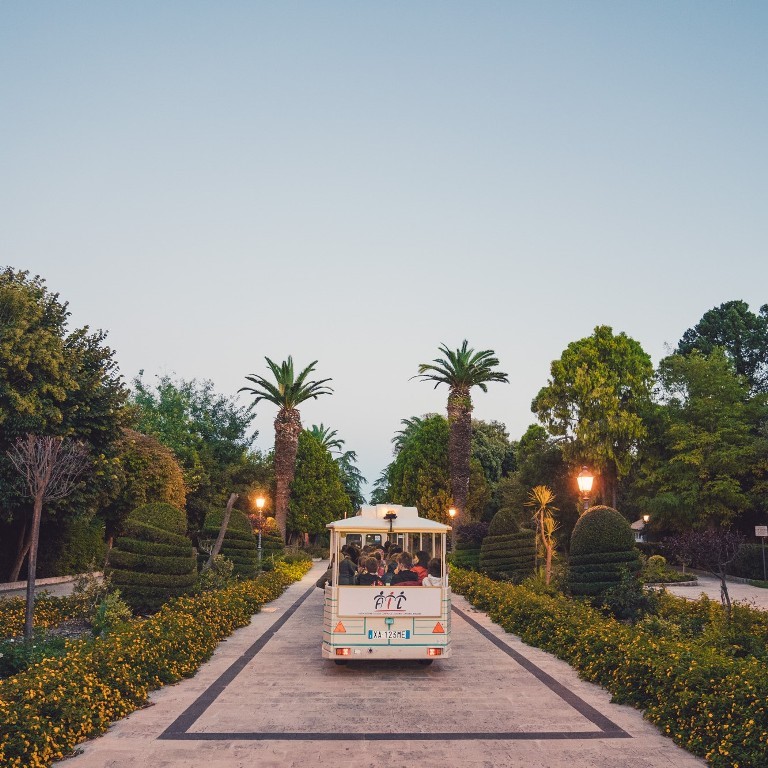
Villa Comunale
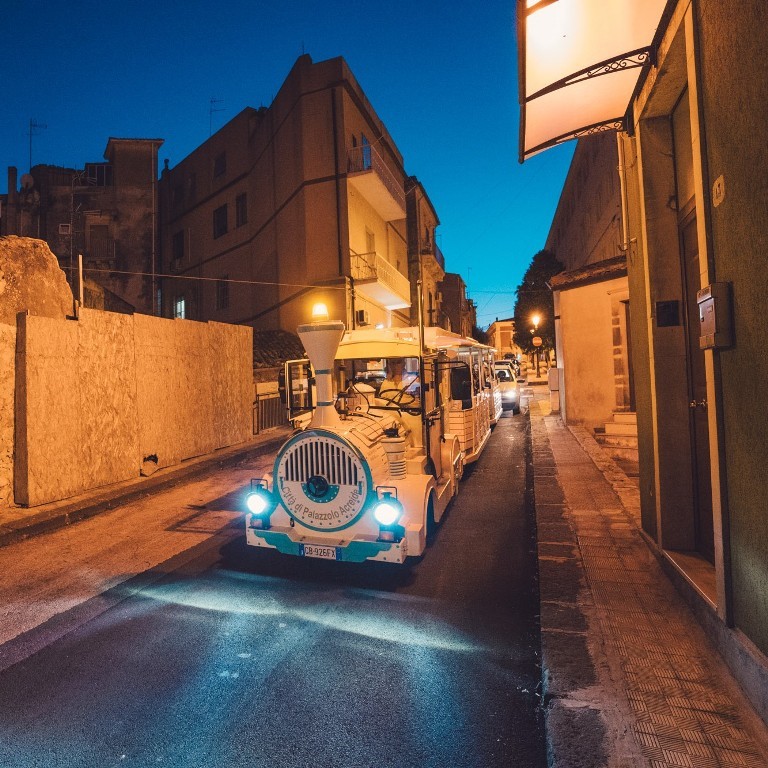
Via Garibaldi
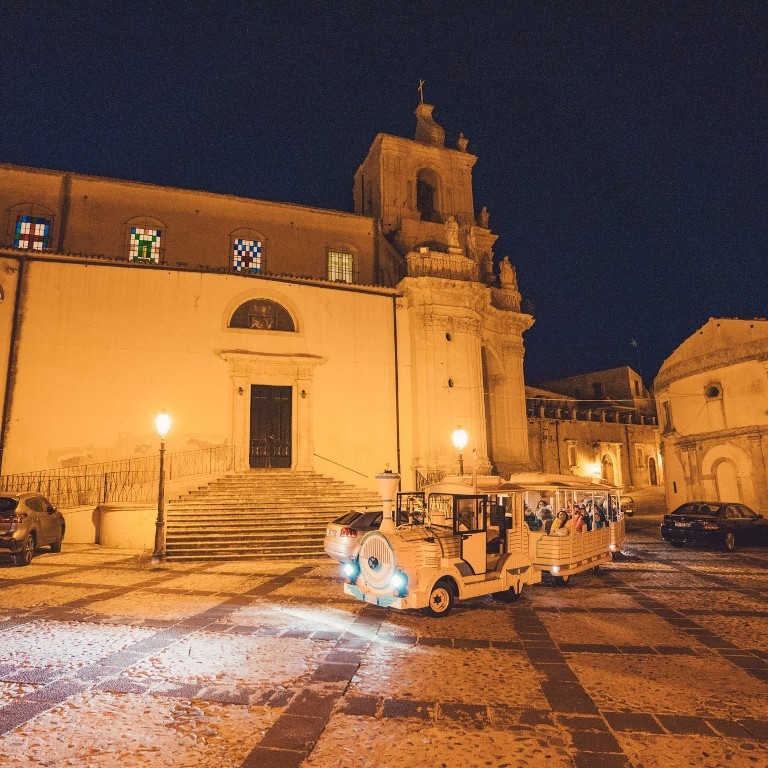
Piazza San Paolo
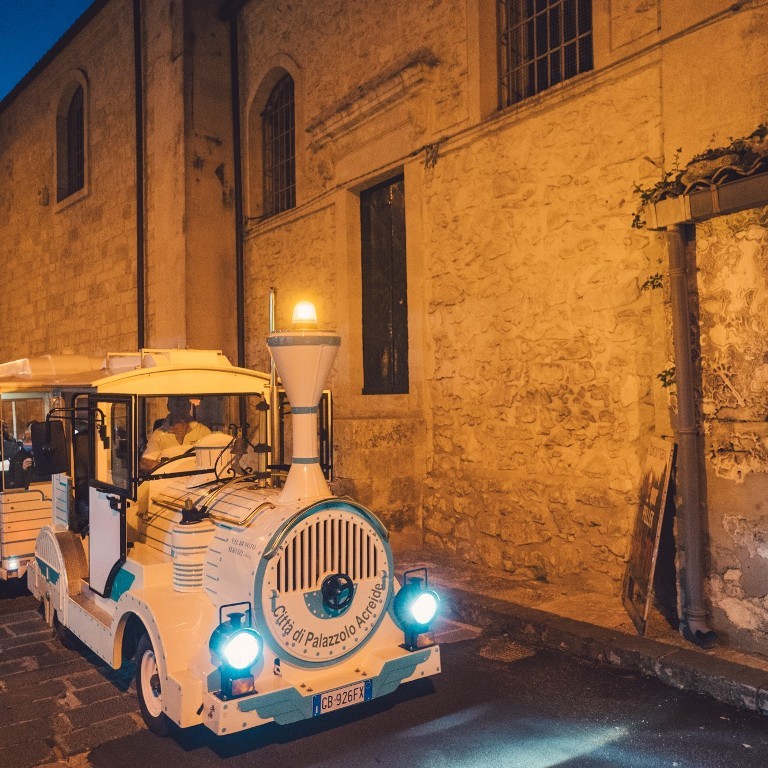
Via Fontana Secca
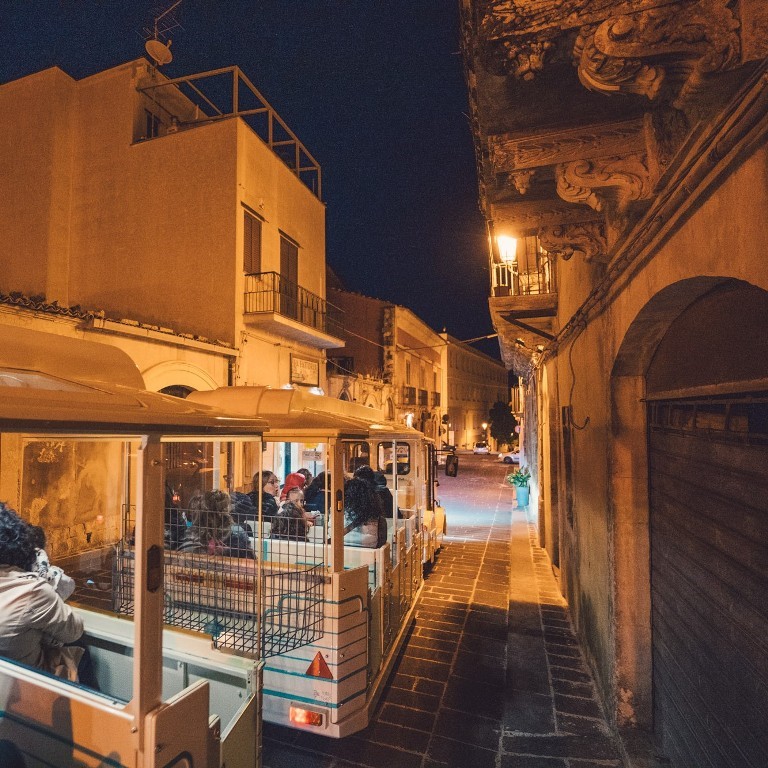
Via Roma
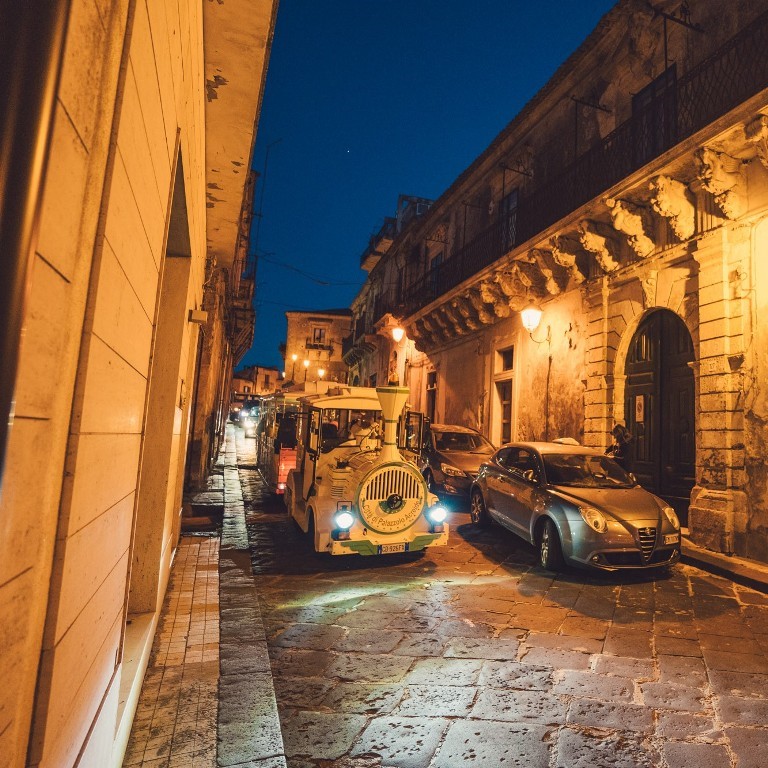
Via Gaetano Italia
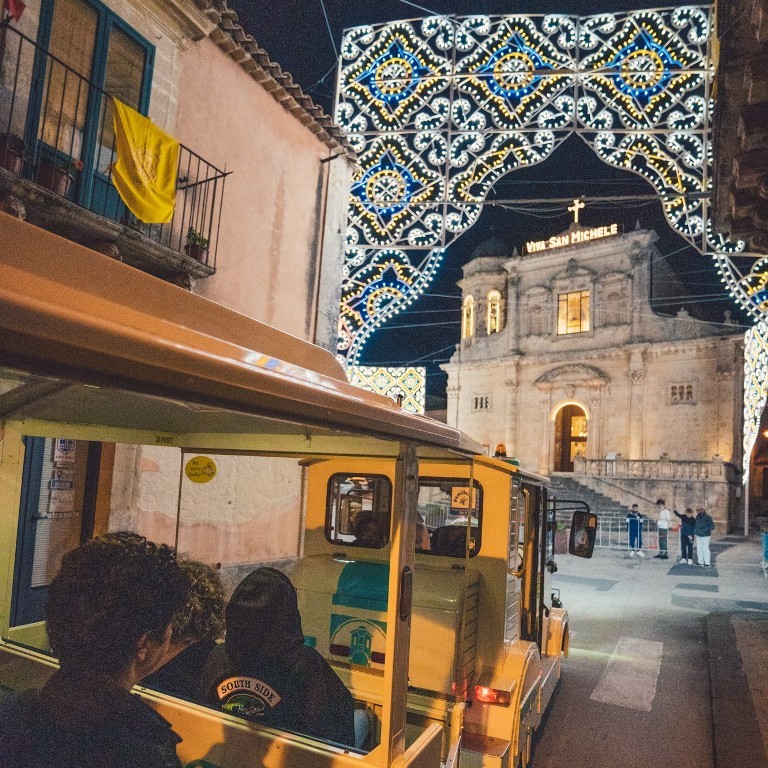
Via Carlo Alberto
